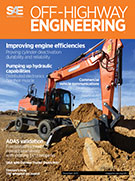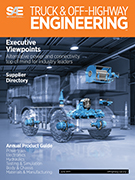Magazine

Aerospace Engineering & Manufacturing 2010-06-23
2010-06-23
Fast-track propulsion testing Whether it is compressor refinement or complete test programs for next-generation aircraft, the level of propulsion system development in Europe seems to be ever-increasing.












